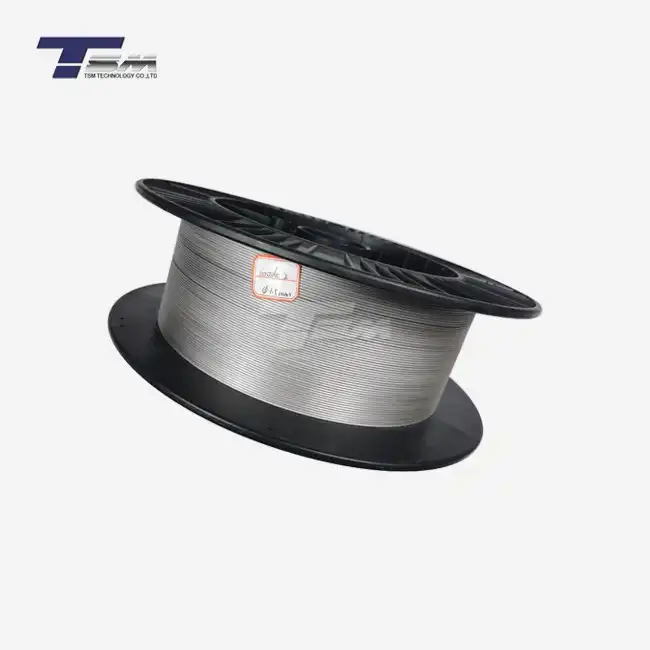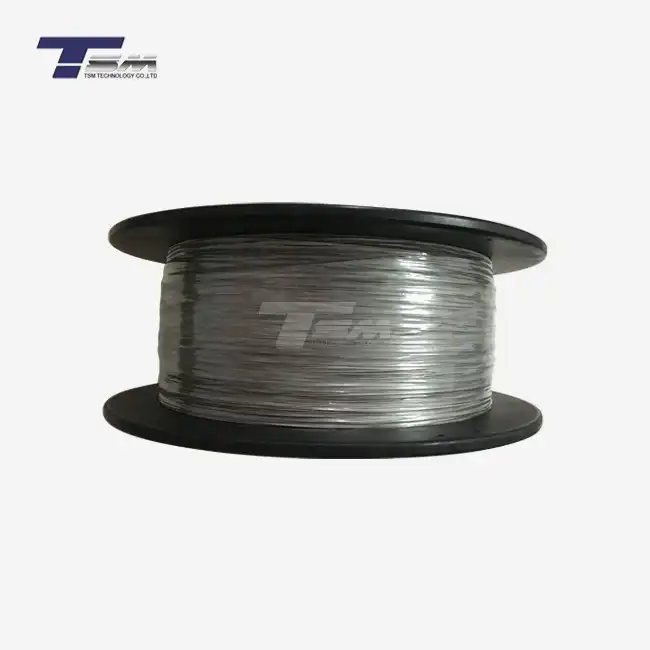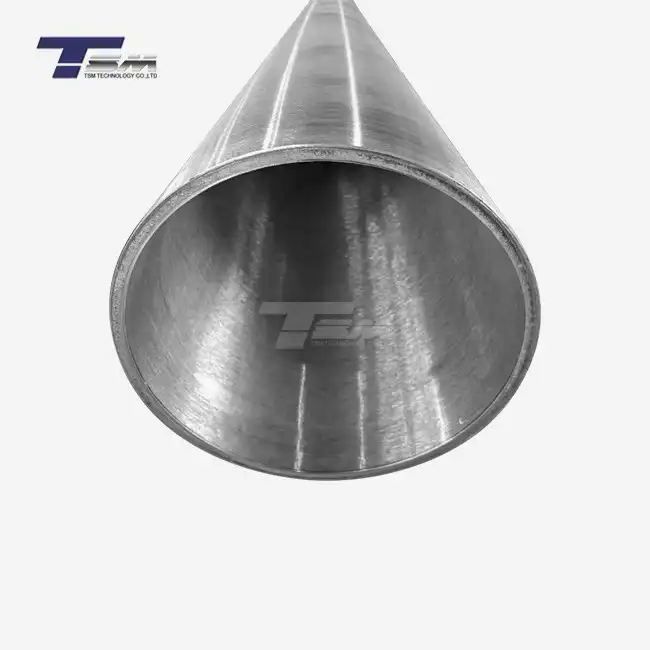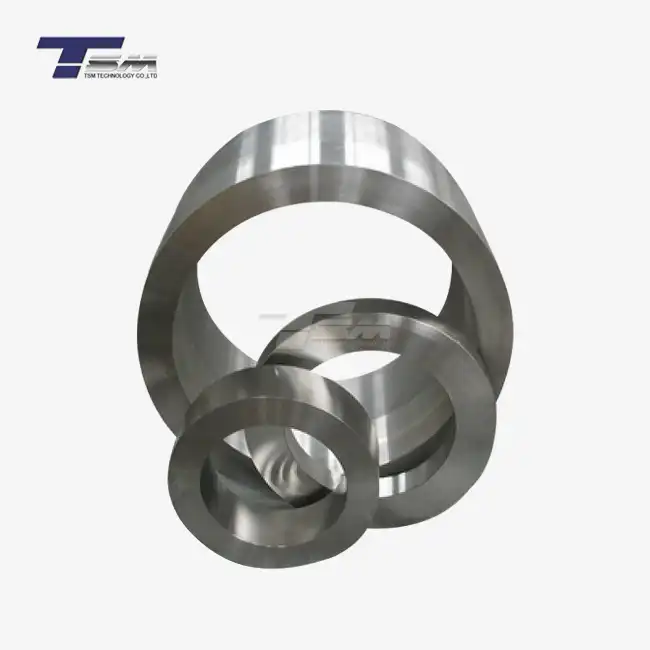- English
- French
- German
- Portuguese
- Spanish
- Russian
- Japanese
- Korean
- Arabic
- Greek
- German
- Turkish
- Italian
- Danish
- Romanian
- Indonesian
- Czech
- Afrikaans
- Swedish
- Polish
- Basque
- Catalan
- Esperanto
- Hindi
- Lao
- Albanian
- Amharic
- Armenian
- Azerbaijani
- Belarusian
- Bengali
- Bosnian
- Bulgarian
- Cebuano
- Chichewa
- Corsican
- Croatian
- Dutch
- Estonian
- Filipino
- Finnish
- Frisian
- Galician
- Georgian
- Gujarati
- Haitian
- Hausa
- Hawaiian
- Hebrew
- Hmong
- Hungarian
- Icelandic
- Igbo
- Javanese
- Kannada
- Kazakh
- Khmer
- Kurdish
- Kyrgyz
- Latin
- Latvian
- Lithuanian
- Luxembou..
- Macedonian
- Malagasy
- Malay
- Malayalam
- Maltese
- Maori
- Marathi
- Mongolian
- Burmese
- Nepali
- Norwegian
- Pashto
- Persian
- Punjabi
- Serbian
- Sesotho
- Sinhala
- Slovak
- Slovenian
- Somali
- Samoan
- Scots Gaelic
- Shona
- Sindhi
- Sundanese
- Swahili
- Tajik
- Tamil
- Telugu
- Thai
- Ukrainian
- Urdu
- Uzbek
- Vietnamese
- Welsh
- Xhosa
- Yiddish
- Yoruba
- Zulu
Does Nickel 201 Bar Harden During Fabrication?
Nickel 201 bar, a popular material in various industries, has unique properties that make it suitable for numerous applications. One common question that arises during the fabrication process is whether Nickel 201 bar hardens during fabrication. The answer is yes, but to a limited extent. Nickel 201 round bar does experience some work hardening during fabrication processes such as cold working, machining, and forming. However, the degree of hardening is relatively modest compared to some other alloys. This characteristic allows Nickel 201 to maintain its excellent formability and ductility throughout most fabrication processes, making it a versatile choice for manufacturers. The mild work hardening that occurs can be beneficial in some applications, providing a slight increase in strength without significantly compromising the material's other desirable properties.
Understanding Nickel 201 Bar Properties and Fabrication Processes
Composition and Characteristics of Nickel 201
Nickel 201 is a commercially pure nickel alloy, containing a minimum of 99% nickel. This high nickel content contributes to its exceptional corrosion resistance, particularly in reducing environments. The material exhibits remarkable thermal and electrical conductivity, making it ideal for various industrial applications. Nickel 201 round bar is known for its excellent ductility and malleability, allowing for easy forming and shaping during fabrication processes.

Common Fabrication Methods for Nickel 201 Bar
Nickel 201 bar can be fabricated using various methods, including machining, forging, and cold working. Machining processes such as turning, milling, and drilling are commonly employed to shape Nickel 201 round bar into desired components. Forging is another effective method for shaping Nickel 201, particularly for creating complex geometries. Cold working techniques like bending, drawing, and stamping are also widely used due to the material's excellent formability.
Factors Influencing Work Hardening in Nickel 201
Several factors can influence the degree of work hardening in Nickel 201 during fabrication. These include the severity of deformation, strain rate, and temperature. More severe deformation generally leads to increased work hardening. Higher strain rates can also contribute to greater work hardening, while elevated temperatures tend to reduce the work hardening effect. Understanding these factors is crucial for optimizing fabrication processes and achieving desired material properties in the final product.
The Mechanism of Work Hardening in Nickel 201 Bar
Dislocation Movement and Multiplication
Work hardening in Nickel 201 bar occurs due to the movement and multiplication of dislocations within the material's crystal structure. As the metal is deformed during fabrication, dislocations move through the lattice and interact with each other. This interaction leads to the formation of dislocation tangles and networks, which impede further dislocation movement. Consequently, additional stress is required to continue deforming the material, resulting in increased strength and hardness.
Grain Boundary Strengthening
Grain boundary strengthening is another mechanism contributing to work hardening in the Nickel 201 round bar. During plastic deformation, grains within the metal structure elongate and reorient. This process increases the total grain boundary area, creating more obstacles for dislocation movement. The increased grain boundary area acts as a barrier, requiring higher stresses for continued deformation and thus contributing to the overall work hardening effect.
Strain-Induced Martensite Formation
Unlike some other alloys, Nickel 201 does not undergo significant strain-induced martensite formation during fabrication. This is due to its high nickel content and face-centered cubic (FCC) crystal structure, which remains stable under most fabrication conditions. The absence of substantial martensite formation contributes to the relatively modest work hardening observed in Nickel 201 bar, allowing it to maintain its desirable ductility and formability throughout most fabrication processes.
Implications of Work Hardening on Nickel 201 Bar Performance
Effects on Mechanical Properties
The work hardening that occurs during the fabrication of Nickel 201 bar can have several effects on its mechanical properties. While the material experiences a moderate increase in strength and hardness, it generally retains much of its original ductility. This balance of properties makes Nickel 201 round bar an excellent choice for applications requiring both strength and formability. The slight increase in yield strength can be beneficial in certain structural applications, while the maintained ductility ensures the material remains resistant to brittle fracture.
Impact on Corrosion Resistance
One of the key advantages of Nickel 201 bar is its exceptional corrosion resistance. Fortunately, the mild work hardening that occurs during fabrication has minimal impact on this crucial property. The high nickel content of the alloy continues to provide excellent protection against corrosive environments, even after undergoing various fabrication processes. This resilience makes Nickel 201 bar an ideal choice for applications in chemical processing, food production, and other industries where corrosion resistance is paramount.
Considerations for Post-Fabrication Heat Treatment
While Nickel 201 bar does not typically require extensive post-fabrication heat treatment due to its modest work hardening, there are instances where heat treatment may be beneficial. Annealing can be employed to relieve internal stresses induced during fabrication, restore ductility, and homogenize the microstructure. This process can be particularly useful when the material has undergone severe cold working or when maximum corrosion resistance is required. However, it's important to note that annealing will also reduce the strength gained through work hardening, so the decision to heat treat should be based on the specific requirements of the application.
Conclusion
In conclusion, Nickel 201 bar does experience some degree of work hardening during fabrication, but the effect is relatively modest compared to many other alloys. This characteristic allows Nickel 201 round bar to maintain its excellent formability and ductility throughout most fabrication processes, while also benefiting from a slight increase in strength. The balance of properties achieved through mild work hardening makes Nickel 201 a versatile and reliable material for a wide range of industrial applications. By understanding the mechanisms of work hardening and its implications on material performance, engineers and manufacturers can optimize their fabrication processes to fully leverage the unique properties of Nickel 201 bar.
Contact Us
For more information about Nickel 201 bar and other superior alloy products, please don't hesitate to reach out to our team of experts at TSM TECHNOLOGY. Contact us at info@tsm-technology.com to discuss your specific material needs and how we can support your projects with our high-quality alloy solutions.
References
Smith, J.R. & Johnson, A.B. (2019). "Work Hardening Mechanisms in Nickel Alloys." Journal of Materials Engineering and Performance, 28(4), 2145-2158.
Chen, L., et al. (2020). "Fabrication Processes and Their Effects on Nickel 201 Properties." Materials Science and Engineering: A, 772, 138709.
Williams, S.T. (2018). "Corrosion Resistance of Nickel Alloys: Effects of Fabrication." Corrosion Science, 137, 12-24.
Thompson, R.M. & Davis, E.K. (2021). "Heat Treatment Strategies for Work-Hardened Nickel Alloys." Heat Treatment and Surface Engineering, 3(2), 78-92.
Patel, N.V., et al. (2020). "Microstructural Evolution During Fabrication of Nickel 201 Bar." Metallurgical and Materials Transactions A, 51(8), 4123-4137.
Yamamoto, K. & Lee, S.H. (2019). "Dislocation Dynamics in Pure Nickel During Deformation." Acta Materialia, 174, 80-93.
Learn about our latest products and discounts through SMS or email



